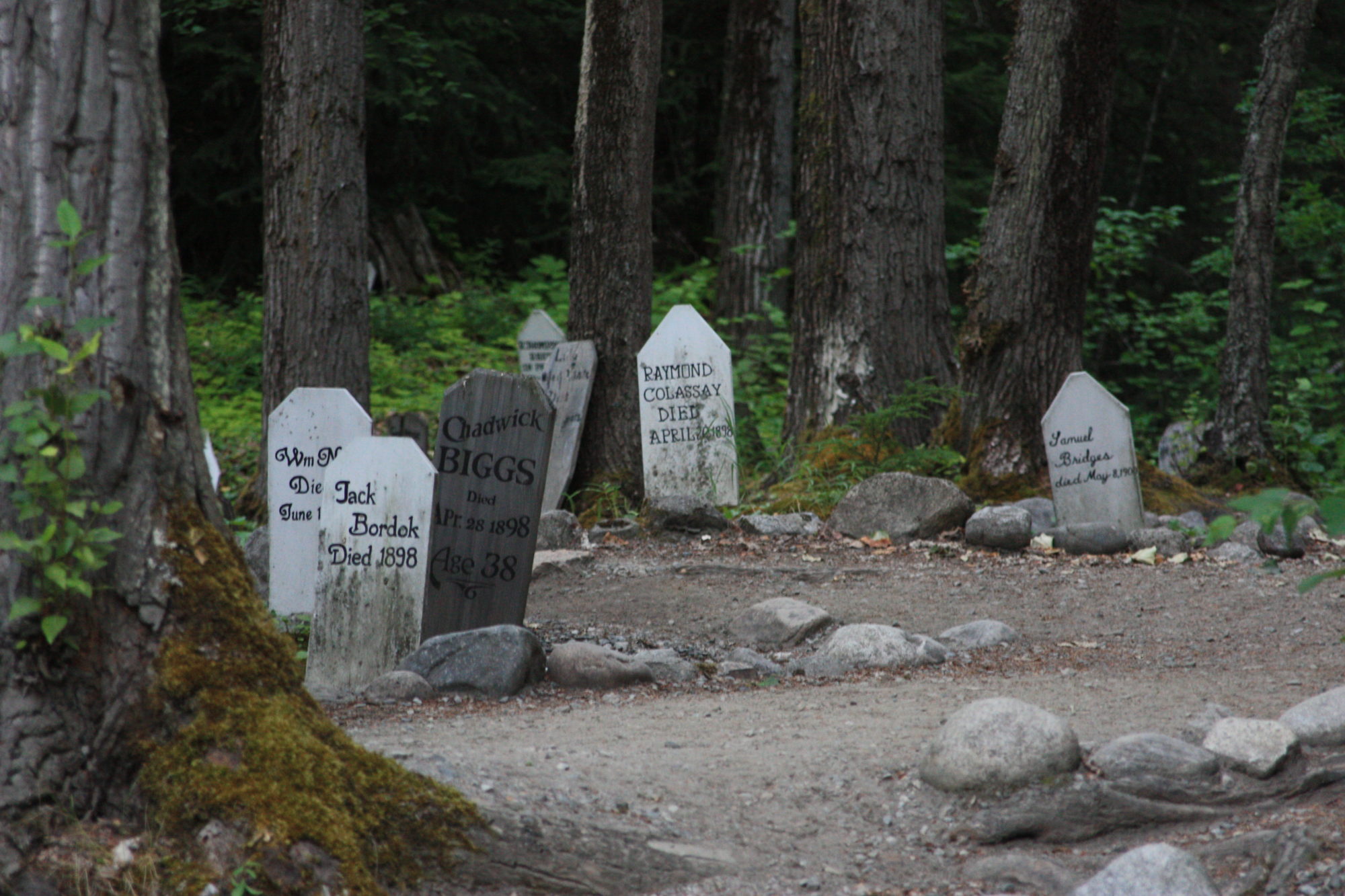
Happy Birthday to “the kid” as he was known, born on this day, November 9, 1878 in Atwood Ontario. He was the mail carrier for the route Skagway to Dawson.
Samuel Graves, President of White Pass, praised “Mr. Little” in 1903 for work as second officer on the Columbian event near Dawson. (White Pass purchased the Columbian in 1901 but the Columbian was caught in Dawson for the winter in 1903 when navigation closed with no warning. It wintered in the ice in front of the BYN docks, receiving “nominal damage” in the spring.)
Soon after, George became tired of the hustle and bustle of the Yukon Gold Rush and headed for the Bulkley Valley in British Columbia. As he gazed over the beautiful Skeena and Kitsumkallum Valleys, decked in spring finery, he knew this was what he was searching for and stayed. When the government threw this land open for sale in 1905 George Little, the Founder of Terrace, staked his claim on acres of the heavily wooded timberland, including the site on which Terrace now stands today.
City of Terrace website; “On the White Pass Payroll” by Graves, 1908









